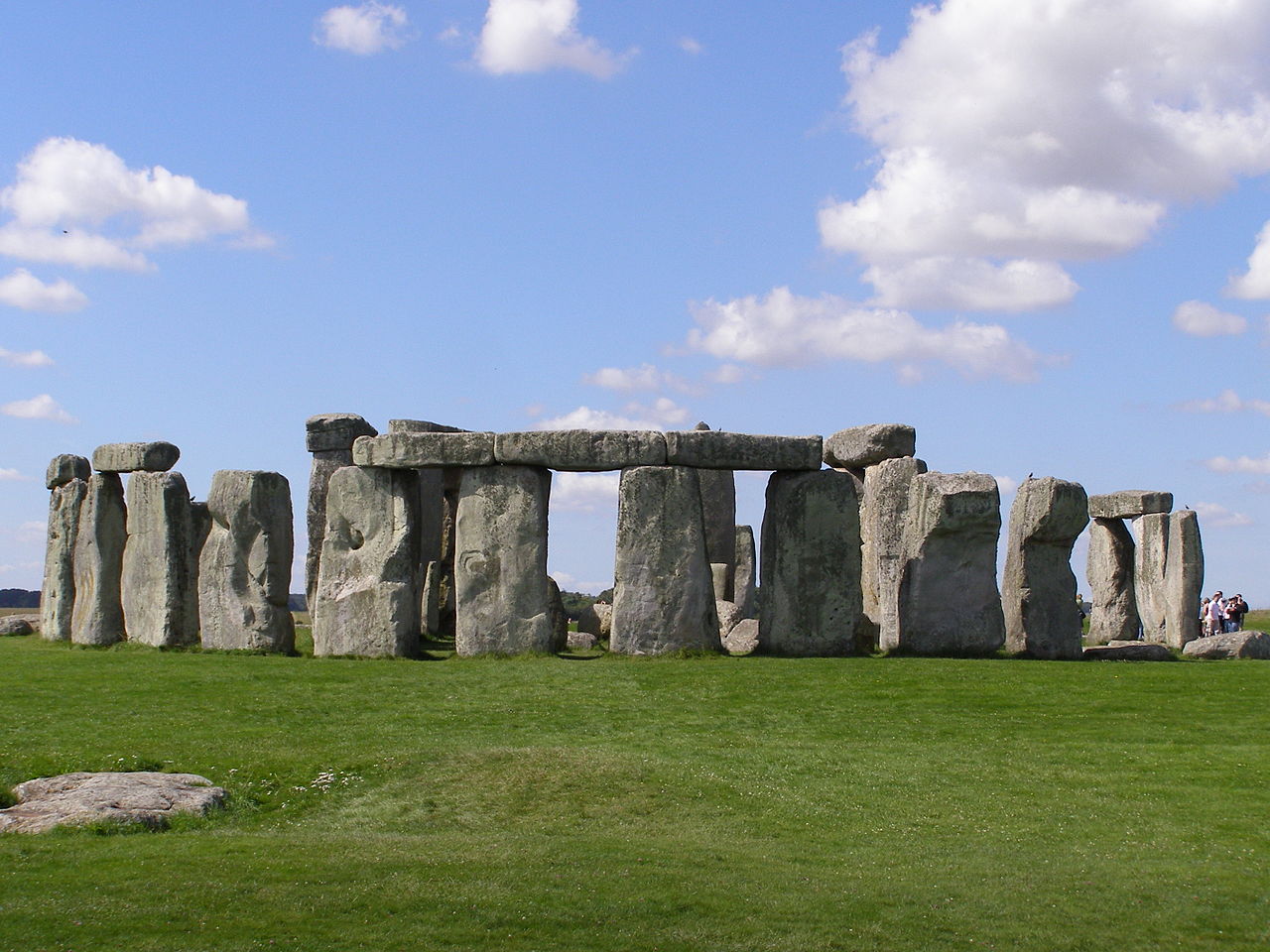While the origin and function of prehistoric Stonehenge is hotly debated, its appeal as an iconic monument is unabated and has led to the creation of a plethora of reproductions over the centuries. Such replicas range from scale models and tourist attractions to artistic interpretations and astronomical observatories, often referred to collectively as “clonehenge.”
A wordpress.com blog about Stonehenge replicas features a searchable list of Stonehenge replicas, ranging from the megalithic follies of the 1800’s to the present, and including “well over 200 examples of imitation Stonehenges from a silicon microstructure to huge permanent replicas and everything in between.” The Wikipedia article “Stonehenge replicas and derivatives” lists non-ephemeral examples under the headings of “astronomically-aligned replicas,” “less accurate replicas,” and “other alignments,” and weburbanist.com features “20 Creative Recreations of Stonehenge,” including several ephemeral examples ranging from “Poemhenge and “Doorhenge” to a Lego-sponsored Stonehenge replica contest for kids which resulted in entries made from such materials dog treats, cereal, chocolate, and, of course, Legos.
The original Stonehenge in Wiltshire, UK was constructed anywhere from 3000 BC to 2000 BC and is composed of a circular setting of massive standing stones with lintel stones on top, all set within earthworks. Several modern, permanent replicas are also made of stone, notably the full-sized Maryhill Stonehenge which was built as a war memorial in Maryhill, Washington by Sam Hill and completed in 1918 and the half-sized replica in Hunt, Texas, known as Stonehenge II. However, one of the most impressive of the full-scale Stonehenge replicas was carved out of Styrofoam–Foamhenge is set in Virginia’s Blue Ridge Mountains; it is an exact replica, and each of the “stones” was artificially aged, their measurements were checked against those of the actual stones, and a local astronomy expert was called in to help align each piece correctly. The WordPress “Clonehenge” blog lists 72 “large, permanent replicas” and singles out several that are the most Stonehenge-like, though varying in terms of size and accuracy. The list includes at least one on every continent except Antarctica; the State of Washington takes top honors in the U.S. with five, and Germany takes international honors with four.
On a more whimsical level, other notable clonehenges include replicas made from old cars (“Carhenge” in Alliance, Nebraska), telephone booths (“Phonehenge in Myrtle Beach, South Carolina), portable toilets (“Toilethenge,” Glastonbury, England; no longer standing), and refrigerators (Fridgehenge, Santa Fe, New Mexico; no longer standing). Honors for the smallest replica go to scientists from the National University of Singapore who created the smallest 3D replica of Stonehenge. “Measuring only 80 micrometres in diameter, the Stonehenge microstructure was created by a process called silicon micromachining which uses a high-energy proton beam writer to produce 3-D microshapes and structures of high structural accuracy on the surface of materials such as silicon” (Wikipedia: Ibid.).
Other materials used for clonehenges include mud (“Mudhenge,” created for the 1996 Burning Man festival in the Black Rock Desert of Nevada), Twinkies (Twinkiehenge, created for the 2001 Burning Man festival in the Black Rock Desert of Nevada), bamboo (“Bamboohenge,” built for an arts festival in Rotterdam, Netherlands, 2007), and ice (“Icehenge,” Fairbanks, Alaska, 2007; melted). Finally, if you’d like a clonehenge of your own for your home or office, the British firm Partyrama offers a 180cm. life-size, preorder, cardboard cutout of Stonehenge for just under $60, and Larson Designs offers a 1:72 scale, pre-made resin model for a similar price.
Editor’s note: Many thanks to Professor Dan Montello for suggesting this “unhinged” article. Dan commented: “As a mild amusement for my Geog 150 (Geog of the US) class, several years ago I showed them a picture of Nebraska’s Carhenge, a replica of Stonehenge made of old automobiles. I then discovered the Maryhill Stonehenge replica in Washington State, on the Columbia River, while I was up there on a road trip. Next, I discovered Phonehenge in South Carolina, at a rock-and-roll theme park. Today, on a whim, I decided to Google around for any other US Stonehenge replicas. I was blown away–they are virtually ubiquitous in the US and around the world.”
Article by Bill Norrington


.jpg)
.jpg)


.jpg)

